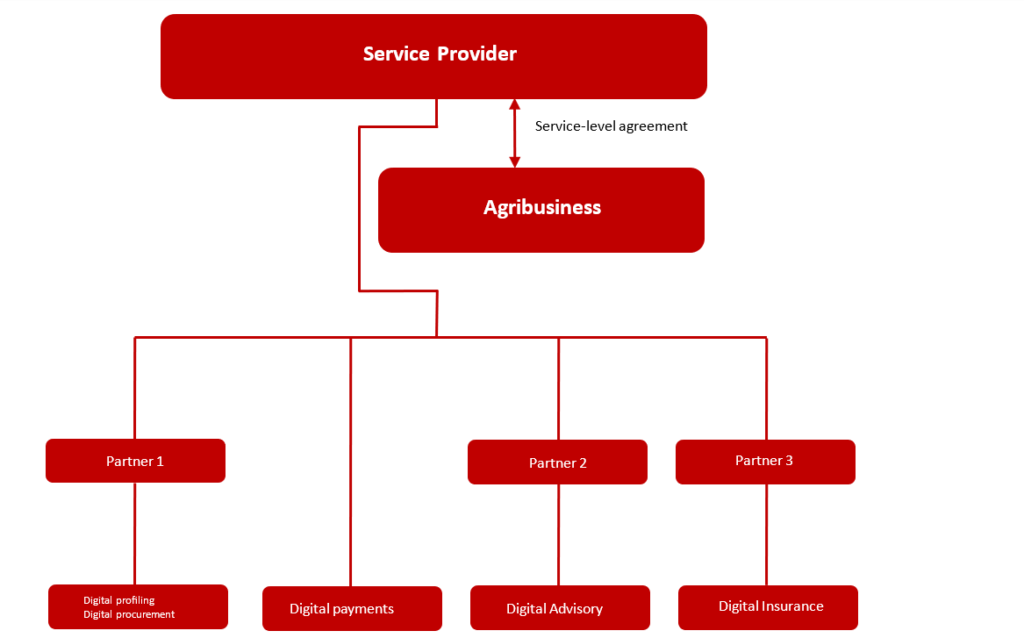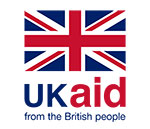Women make up 43% of the total agricultural labour force globally according to the Food and Agriculture Organization but their participation in agricultural value chains remains largely undocumented. Female farmers are more likely to participate informally in the agricultural sector, tending farms and selling produce on local markets, but are less involved in commercial farming as sellers of produce to aggregators due to a number of structural barriers such as limited education, income or land-ownership. For the women who do participate in formal agricultural value chains, buyers of agricultural produce and agritech service providers tend to either know little about them or do not consider them as a viable user segment. Most agribusinesses consider all farmers to be an homogenous group, but female farmers face challenges in farm productivity, access to inputs, financing and markets more than male farmers. These gender-blind approaches by agribusinesses widen the gender gap and continue to affect female farmers disproportionately.

Lack of data on women is one of the main barriers to making farming more gender equitable. Data is essential to both identify and address the challenges that female farmers face as well as invest in the unique opportunity that female farmers present to organisations working in the agricultural last mile. The FCDO-funded GSMA Innovation Fund for the Digitisation of Agricultural Value Chains aspires to support the launch of equitable digital services for farmers by:
- Working with the Innovation Fund’s stakeholders to leverage data generated by services
- Determining usage behaviour of digital agricultural services by female farmers
- Exploring challenges female farmers face
- Developing strategies to overcome these issues
This blog highlights models of digital services that help bridge the gender data gap on female farmers and the importance of gender-disaggregated data for understanding female farmers and developing equitable digital agricultural services.
The gender data gap in agricultural value chains
Smallholder farming is largely unorganised in LMICs but there have been attempts to organise the sector through the formation of cooperatives. While cooperatives keep details of their members and attempt to record farmer transactions, these processes are largely paper-based due to lack of resources or low literacy amongst cooperative management, making it difficult to analyse the data for extracting insights on female participation in the formal value chains. Gender disaggregated data is largely unavailable or fragmented and this ultimately leads to the agricultural sector in LMICs severely lacking insights on female farmers. Digitisation of the agricultural last mile seeks to bridge this gap and generate data to inform the needs of female farmers.
Digital solutions can help breach the data gap on female farmers
From our programme’s experience of working with grantees under the Innovation Fund, generating digital profiles of smallholder farmers can act as the starting point for reducing agribusinesses’ blind spot with respect to female farmers. Digital solutions generate vast amounts of data that, when used correctly have the potential to transform an agribusiness’/cooperative’s strategy for gender-driven initiatives. By analysing data generated from services, agribusinesses can draw insights on women’s interaction with the services to identify pain-points and challenges faced by women and iterate their solutions according to needs expressed by female users. Design of inclusive digital solutions in agriculture should be underpinned by the gendered needs of the agricultural sector for ensuring active usage of the digital solutions.
The solutions supported by the GSMA Innovation Fund are based on digital farmer profiling and digital procurement transactions as an entry point for providing value-added services to smallholders, including digital payments and advisory services, as well as loans and weather-index insurance. Gender-disaggregated data derived from use of these solutions is analysed by the GSMA to extract insights on uptake, usage, and identification of pain-points for female farmers. The findings are discussed with supported grantees to build knowledge on women users and inform product iteration.
Although digital agricultural services can help bridge the gender data gap, access to or ownership of mobile devices is a prerequisite for participation in digital agriculture platforms. However, women in low and middle-income countries are 7% less likely to own a mobile phone and 16% less likely to use mobile internet than men. This can be attributed to structural inequalities that exist between men and women, affordability of mobile handsets and lack of digital skills. Digital agriculture solutions, when fully adopted, can improve farm productivity, access to markets and better prices for female farmers.
Data sharing models and their challenges in generating gender data through digital services
The GSMA AgriTech grantees comprise agritech companies and mobile network operators that are in partnership with agribusinesses or cooperatives to digitise their processes. Data generated from the digital agricultural platforms is owned by the contracted grantees with whom GSMA has in place data processing agreements to allow for sharing of pseudonymised farmer data. Two common data models have emerged as services continue to be developed and rolled out as shown in the infographics below:
- Centralised Data Model

Under the centralised data model, the grantee provides all services to farmers, meaning data is owned and aggregated centrally. Under this model, the service provider has control over the integrity of the data and the process of disaggregating user data by gender for a holistic user journey analysis is efficient.
2. De-centralised Data Model

In the de-centralised model, the service provider is often reliant on partners to deliver digitised services to farmers that fall outside of their primary area of expertise. This model is most prevalent where the service provider is a mobile network operator. Whilst the grantee owns the data generated through these services, there are inefficiencies in extracting complete gender disaggregated data under this model as user data is generated and sourced from the multiple partners, using different platforms, data formatting or KYC requirements.
The service providers supported by the GSMA Innovation Fund often rely on partners to be able to deliver services to farmers that fall outside their direct area of expertise such as insurance and digital advisory. Data from the implementing partners is often lacking a gender variable as gender identification is not always a requirement for registration for these services. Approximately 12% of farmers profiled under the GSMA innovation fund projects are not identifiable by gender. While this is a considerable improvement compared to paper-based records, this gender data gap from fragmented databases prevents agribusinesses from developing a full picture on female users.
Data from the de-centralised solutions is processed differently by each of the partners and in most instances, this involves assigning a unique reference to individual farmers. These unique references vary for the different partners and analysing for usage across the platforms is made impractical. Whilst this challenge can be overcome, it requires the grantee and their implementing partners to share data amongst themselves and cross-reference their internal databases to align on the use of common farmer reference across their data.. This is a time-consuming process and requires technical expertise. Entities working collaboratively should build their data processing capacity or develop common database APIs to enable effective use of their respective datasets for improving service offering to smallholder farmers.
The business case for increasing female users
Leveraging gender data can lead to some surprising findings that can help agribusinesses and agritech companies better understand female farmers. For example, data from the GSMA Agritech Innovation Fund shows that female farmers are 1.4 times more likely than male farmers to have the sale of their produce recorded digitally. In Nigeria for example, just 20% of farmers profiled on the partner agritech database are women, but female farmers are 2.5 times more likely to have their rice or maize sale recorded digitally compared to male farmers, which is an indication of higher loyalty toward the agribusiness aggregating produce.
This points towards the tremendous opportunity to target and onboard more women farmers in the last mile digitisation. Digital farmer profiling and digitisation of procurement acts as the first step to using more advanced services and products that are offered by agritech companies and other eco-system players such as mobile payments, advisory, insurance and loans. Women make up over half of the potential market for any business it is therefore imperative for any agribusiness seeking expansion to devise ways of ensuring women are not left behind in their marketing effort as data has shown their propensity towards use of digital agricultural services.
The GSMA Agritech Innovation Fund is in the process of closing out the six grantee projects that have been running for the past 18-months. So far, the projects have collectively impacted the lives of more than 900,000 small-holder farmers, of which 17% are women, whose service usage behaviour and direct feedback on services will be available in the upcoming end of the project report to be published in March 2023 together with a comprehensive review of learnings generated from the Innovation Fund.
THIS INITIATIVE IS CURRENTLY FUNDED BY THE UK FOREIGN, COMMONWEALTH & DEVELOPMENT OFFICE (FCDO), AND SUPPORTED BY THE GSMA AND ITS MEMBERS.



